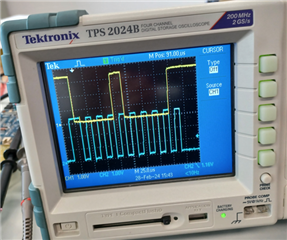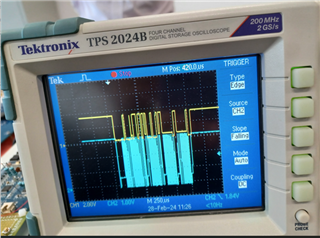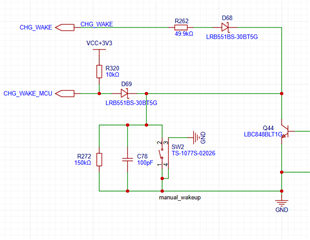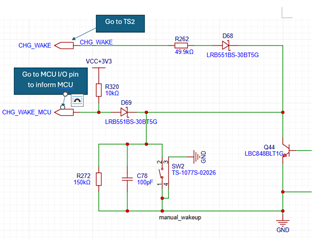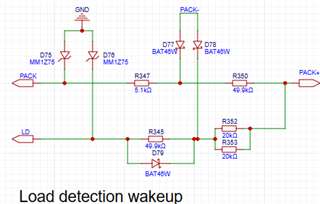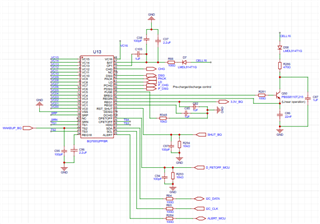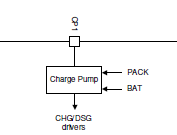Other Parts Discussed in Thread: MSP430FR2155, EV2400
Dear TI support team,
I designed two types of BMS board using BQ76952, one is low-side board, means CHG/DSG MOSFET in low-side; another one is high-side board, e.g. MOSFET in high-side. I also use MSP430FR2155 to configure BQ76952 by I2C. As tested, I2C communication in low-side board is no problem, BQ76952 can response and acknowledge I2C signal sent by MCU. Everything is OK.
However, when we tested high-side board, a problem happened that BQ76952 never response and acknowledge I2C signal even in initial power-up stage. We thought it may be due to BQ76952 still not wake-up. So we try to send partial reset signal, e.g. put RST_SHUT pin less than 1s. It did not work; Short TS2 to ground or putting LD to high also not work. It seems BQ76952 trapped in soft-shutdown mode because REG18 has 1.8V always, no response to RST_SHUT whatever we sent >1s or <1s, no response to I2C.
the following is information of circuit in low- and high-side boards:
1. TS2 has same circuit in low-side and high-side board, e.g. through 10Kohm resistor pull-up to 3.3V
2. In low-side board, LD pin connected to ground through 100kohm resistor, while PACK pin connected to BAT pin through 10kohm resistor.
3. In high-side board, LD and PACK pins are connected to Pack+ (input of charger), as shown below. During test, whatever we input Pack+ a high voltage (about 50V) or to ground, the problem was still there.
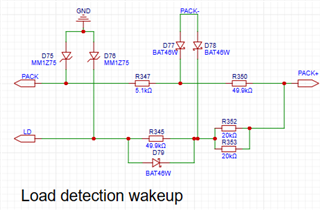
Really appreciate for your kind help to find what is issue and provide us a solution!
Thanks!


